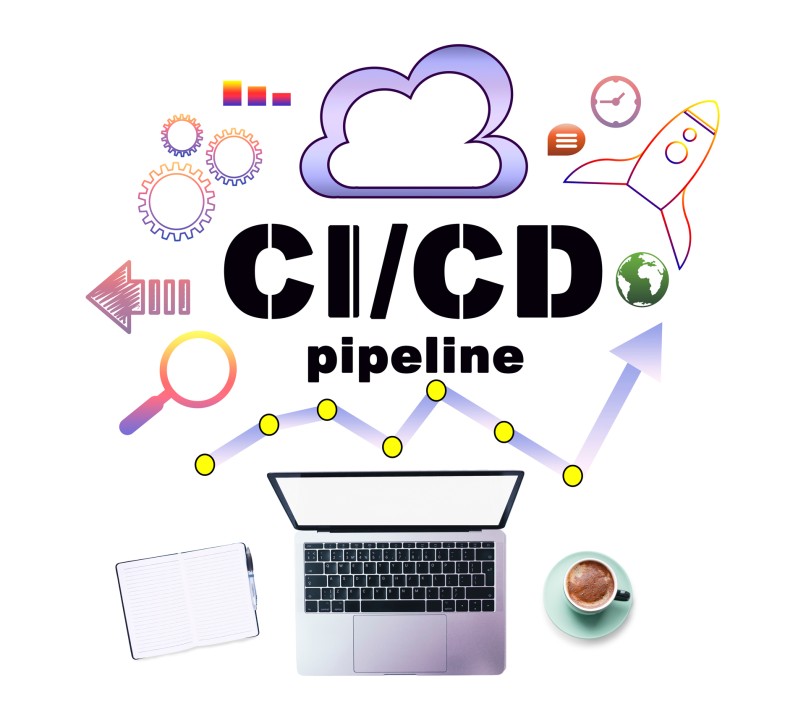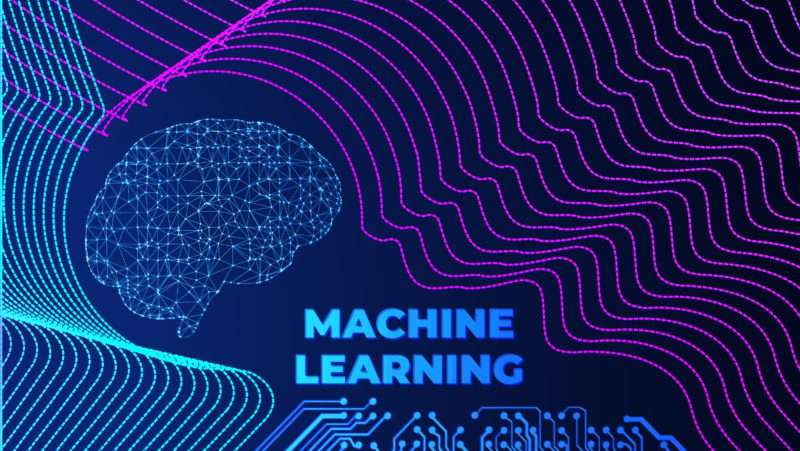In the fast-paced world of technology, where data-driven insights and AI applications are becoming increasingly vital for businesses, a streamlined approach to machine learning operations (MLOps) is essential. Continuous Integration and Continuous Deployment (CI/CD) practices, originally rooted in the DevOps movement, are gaining prominence in the realm of MLOps, transforming the way machine learning models are developed and deployed. In this article, we’ll delve into the significance of CI/CD in MLOps and explore how it’s driving innovation and efficiency.
Understanding CI/CD
Continuous Integration (CI) and Continuous Deployment (CD) are at the core of modern software development practices. CI focuses on frequently integrating code changes into a shared repository and automatically running tests, ensuring that new code doesn’t break existing functionality. CD, on the other hand, automates the deployment of successfully tested code changes to production, making the delivery process faster and more reliable.
Benefits of CI/CD
CI/CD practices enhance collaboration, automate complex workflows, and enable organizations to deploy machine learning models rapidly and consistently. Understanding the importance of CI/CD in MLOps is key to optimizing your machine learning processes and staying competitive in the dynamic landscape of data science. Here are some advantages of CI/CD methodology.
- Faster Time-to-Market: One of the primary advantages of CI/CD is the significant reduction in the time it takes to develop, test, and deploy software. By automating various stages of development, testing, and deployment, CI/CD ensures that new features and bug fixes can be delivered to users more rapidly. This agility is especially crucial in today’s fast-paced business environment.
- Improved Software Quality: CI/CD encourages developers to regularly integrate code into a shared repository and continuously test it. Automated testing, including unit tests, integration tests, and end-to-end tests, helps identify and rectify issues early in the development cycle. This leads to better software quality, as it reduces the chances of critical bugs reaching production.
- Efficient Collaboration: CI/CD promotes a collaborative environment by encouraging developers to work on small, manageable code changes. This not only simplifies code review but also reduces the chances of merge conflicts. With CI/CD, development teams can work together seamlessly, leading to a more productive and harmonious work environment.
- Increased Deployment Frequency: CI/CD pipelines allow organizations to deploy new code to production frequently, even multiple times a day if required. This ability to release new features or updates more frequently keeps the software up-to-date and aligned with evolving user needs.
Implementing CI/CD in MLOps
Creating an effective CI/CD pipeline involves several key steps and best practices. Organizations need to select the right tools and technologies to automate model building, testing, and deployment.
Here’s a high-level overview of the steps:
- Version Control System (VCS): The foundation of any CI/CD pipeline is a robust version control system, such as Git. VCS allows teams to collaboratively work on code, maintain a history of changes, and track issues efficiently.
- Automated Builds (Continuous Integration): When developers commit code changes to the VCS, an automated build process is triggered. This process compiles code, runs unit tests, and performs code quality checks. Jenkins, Travis CI, and CircleCI are popular CI tools.
- Automated Testing: Automated testing is a vital component of CI/CD. It includes unit tests, integration tests, and end-to-end tests. Testing tools like JUnit, Selenium, and Jest can be integrated into the pipeline to ensure code correctness.
- Artifact Repository: Artifacts generated during the build process, such as compiled binaries and libraries, need to be stored in a secure artifact repository like Nexus or Artifactory.
- Deployment Automation (Continuous Deployment): Once the code passes all tests, it can be automatically deployed to different environments, including staging and production. Docker containers and container orchestration tools like Kubernetes simplify this process.
- Monitoring and Feedback Loop: To ensure that deployed applications are running smoothly, monitoring tools like Prometheus, Grafana, or New Relic can be used to track performance and detect issues. Feedback from monitoring informs further development and improvement efforts.
- Security Scanning: Security is a top concern in software development. Security scanning tools like OWASP ZAP or Nessus can be integrated into the CI/CD pipeline to identify and address vulnerabilities.
- Infrastructure as Code (IaC): Infrastructure as Code tools, such as Terraform or AWS CloudFormation, can be employed to automate the provisioning and configuration of infrastructure resources.
Conclusion
As the importance of AI and machine learning continues to grow, the adoption of CI/CD in MLOps is no longer a choice but a necessity. It brings efficiency, collaboration, and automation to the development and deployment of machine learning models, allowing organizations to stay competitive in the ever-evolving landscape of data science.
Whether you are a data scientist, a machine learning engineer, or a business leader seeking to harness the full potential of AI, understanding the importance of CI/CD in MLOps is key to optimizing your machine learning processes. By adopting CI/CD practices, you can ensure that your machine learning models are developed and deployed rapidly, consistently, and effectively, setting the stage for data-driven success in your organization.


